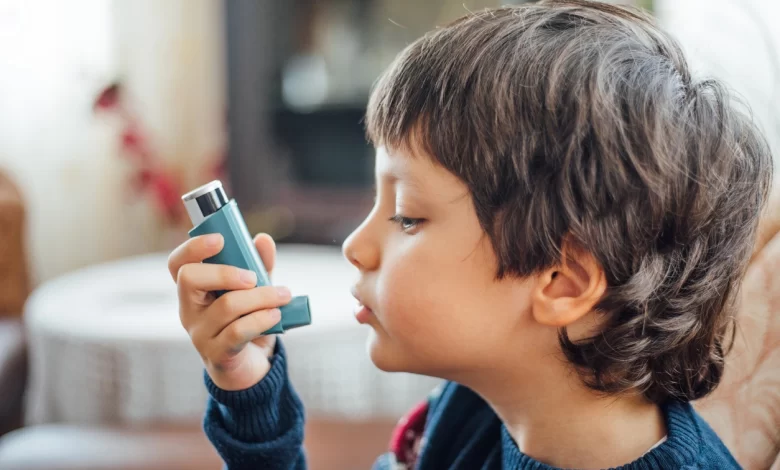Managing Asthma in Children: Understanding the Symptoms, Treatment, and Importance of an Asthma Action Plan

Asthma is a chronic respiratory condition that affects millions of children worldwide. It is characterized by inflammation and narrowing of the airways, making it difficult for a child to breathe. Symptoms of asthma in children include wheezing, coughing, shortness of breath, and chest tightness.
Asthma is typically diagnosed in childhood, and the risk factors for developing asthma include a family history of the condition, exposure to environmental triggers such as smoke or pollution, and certain viral infections.
Treatment for asthma in children typically involves a combination of medications, such as inhaled corticosteroids and bronchodilators, and lifestyle changes to avoid triggers. Inhaled corticosteroids help to reduce inflammation in the airways, while bronchodilators open up the airways to make it easier to breathe.
It’s important for parents to work with their child’s healthcare provider to develop an asthma action plan, which outlines the steps to take in case of an asthma attack. This plan should include instructions on how to use medications, what to do in case of an emergency, and how to recognize the early warning signs of an asthma attack.
In addition to medical treatment, children with asthma should also be encouraged to engage in regular physical activity, as exercise can help to strengthen the lungs and improve overall respiratory function.
Overall, with proper management and treatment, most children with asthma are able to lead healthy and active lives. However, it is important for parents to be aware of the signs and symptoms of asthma and to work closely with their child’s healthcare provider to ensure that their child receives the appropriate care.












